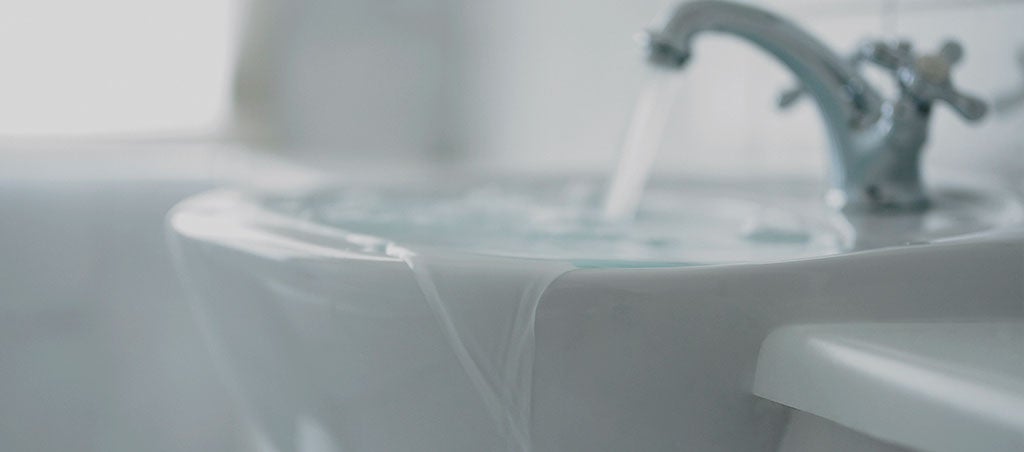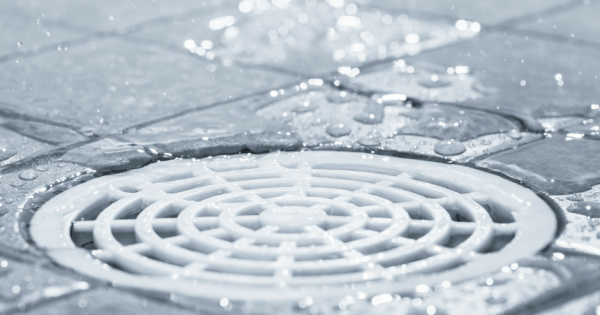Guidelines for Dealing with a Blocked Drain Prior to Contacting Experts
Guidelines for Dealing with a Blocked Drain Prior to Contacting Experts
Blog Article
What're your thoughts and feelings about Tips for Dealing with Clogged Drains and Sewer Lines?

Intro
Taking care of an obstructed drainpipe can be a discouraging experience, disrupting day-to-day activities and possibly causing damages to your property. However, prior to connecting to plumbing professionals, there are actions you can require to deal with the problem on your own. In this guide, we'll check out do it yourself services and safety nets to tackle an obstructed drainpipe successfully.
Determining the Issue
The primary step in resolving a blocked drainpipe is acknowledging the indications. Slow-moving drain, gurgling sounds, foul odors rising from drains pipes, or water backing up prevail signs of a blocked drain. Determining these indicators early can help protect against better problems.
Selecting the Right Pipes Solution
When picking a plumbing solution, consider factors such as experience, licensing, and consumer reviews. Choose a trusted plumbing professional with a record of quality craftsmanship and clear rates practices.
Cost Factors to consider
The cost of expert drain cleaning services can vary depending on the seriousness of the clog and the plumber's rates. Request quotes from multiple service providers and inquire about any type of added fees to make certain transparency and prevent shocks.
Safety Precautions
When trying do it yourself drainpipe cleansing, focus on safety. Wear protective gloves and eyewear to avoid contact with harmful chemicals or bacteria. Never blend different drainpipe cleaning products, as this can generate dangerous fumes.
Instance Studies
Real-life examples illustrate the performance of DIY services and the importance of prompt professional intervention in solving drain clogs.
Common Root Causes Of Obstructed Drainpipes
Recognizing the variables that contribute to drain obstructions is essential for efficient resolution. Usual perpetrators consist of hair, soap scum, oil, food debris, and international things like hygienic items or paper towels. Tree origins getting into below ground pipelines can also create substantial clogs.
DIY Solutions
For minor obstructions, several do it yourself options can be efficient. Pouring boiling thin down the drain can help liquify grease and particles. Sodium bicarbonate and vinegar or a blend of salt and baking soda can work as natural cleaners. Using a plunger or pipes serpent to dislodge obstructions is an additional option.
Tools and Equipment
Having the right tools handy can make DIY drain cleaning up more efficient. A plunger is a flexible tool for removing obstructions in sinks, commodes, and showers. A pipes snake or auger can reach much deeper clogs, while drain cleaning chemicals can be utilized cautiously for persistent blockages.
Safety nets
To avoid future blockages, embracing preventive measures is critical. Mount drain guards or strainers to catch hair and particles before they go into the pipelines. Regularly flush drains with warm water to dissolve grease accumulation, and avoid disposing of oil or strong waste down the drain.
When to Call a Specialist
While DIY solutions can settle minor clogs, particular indications indicate the need for specialist assistance. Consistent clogs, foul odors regardless of cleaning up efforts, or multiple drains pipes supporting all at once are red flags that necessitate professional intervention.
Verdict
By following the ideas described in this overview, you can efficiently deal with obstructed drains pipes and avoid future pipes problems. Whether selecting DIY services or seeking specialist help, timely action is key to keeping a healthy and balanced plumbing system and maintaining the integrity of your home.
WHAT I LEARNED FROM TRYING TO DEAL WITH A CLOGGED DRAIN
We have had our share of seepages and other annoying things that are part of living, especially in an apartment complex. And if there’s one thing that’s terrifying for a homeowner—or even someone in a rented home—it is a clogged drain, indoors or outdoors.
We enjoy our living space, but it’s simply a fact of life that dead skin, soap and a host of other items go down the drain; eventually, the residue builds up and prevents anything from moving. Ugh.
Not Calling A Professional
Of course, it might seem simple to just whip the pipe off under the sink and see if you can unblock it. Unfortunately, what if the blockage isn’t there, or you don’t reconnect it properly? Worse, you might break a piece and have no drainage system. Can you imagine that scene? Yuck!
Not Watching Your Waste
This will sound d’uh, but the best tip I can give you for drain cleaning is to avoid clogging the drain in the first place! You can do this by monitoring what goes down the drain and catching the items which are most likely to give you a problem. Invariably hair, vegetable peels, and large wads of toilet paper are the most obvious culprits. Add a filter—these are available in hardware stores and can be removed and cleaned easily.
Poking The Drain
The first urge with a clogged drain is to poke at it with a stick or anything that resembles a stick. Sadly, this does not result in magically solving the issue. The mental image is, naturally, one of the stick just pushing through the offending item and all is well again. Reality is quite different and unpleasant and likely to lead to further problems.
The thing is, every drain has a series of bends that are not visible to us. Drains are built this way to prevent gases from entering the house. What happens when you poke a stick into the drain? Of course, it can’t bend around the corner. The more adventurous people will use force and end up wedging the stick or causing it to break off in the pipe—creating an even bigger issue. Worst thing? The stick will shift the block further down the pipe, creating the space for more to collect. Go ahead! Roll your eyes!
Using The Wrong Plunger
You know what they say: the right tool for the right job! Did you know there are different types of plungers besides the basic one we keep at home for an emergency? Yes, there are. For example, the toilet plunger has a bell-shaped bottom while the sink plunger is flat. This is an important difference and using the wrong plunger will be useless. There’s also a knack in using plungers—they must be placed in such a way that they create an airtight seal and then, moved slowly up and down—not as fast as we imagine.
https://vidyasury.com/2018/01/learned-trying-deal-clogged-drain.html

Do you like more info about Some easy tips to fix blocked drains? Put feedback down the page. We'd be delighted to find out your ideas about this content. Hoping that you come back again later on. Those who appreciated our blog post if you please be sure to share it. Thanks a lot for going through it.
Book 24/7 Report this page